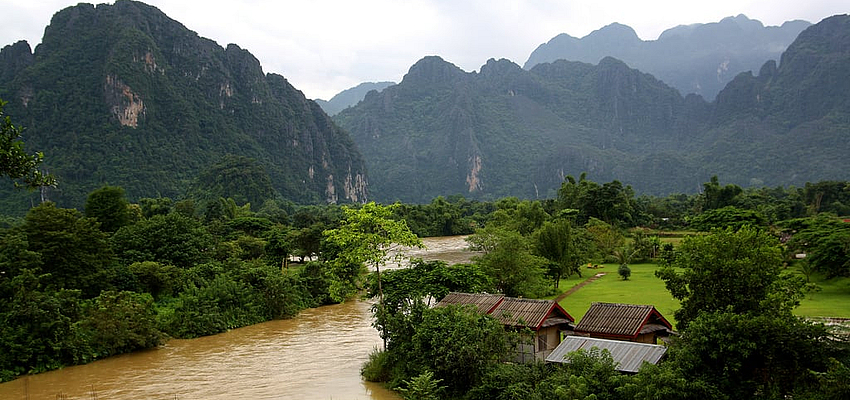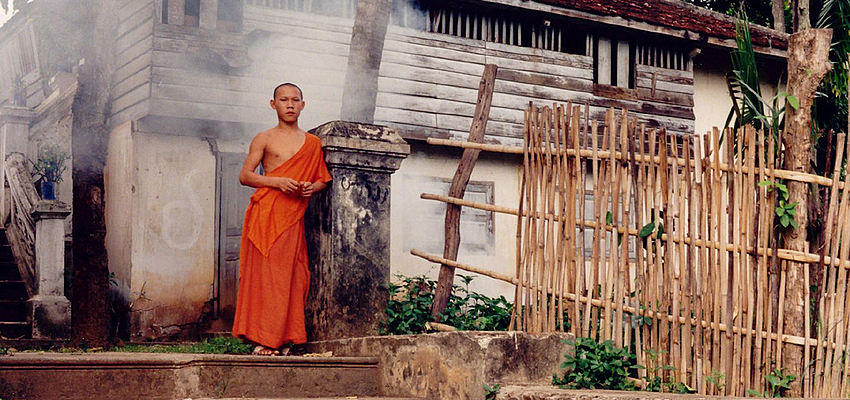


The Republic of Laos is a country of 236,800 square kilometres bordering Myanmar, Cambodia, China, Thailand and Vietnam. Its official language is Lao, and French, English and various ethnic languages are spoken. The national capital is Vientiane and the country is currently ruled by a communist government. It is divided and organised into 16 provinces with a legal system very similar to that of France.
The Laotian government began to decentralise its economic control and promote private enterprise in 1986. This had the effect of boosting the annual growth rate to 6 %. Laos has been relatively preserved from the effects of the economic crisis. Even though the GDP of Laos is not very high, it increased by 7 % per year between 2008 and 2013.
The natural resources of Laos include wood, hydroelectric energy, gold and precious stones and these sectors attract the largest part of the flow of foreign investment capital. Now you know what souvenirs to bring back home!
Laos has developed diplomatic relationships with the majority of the world's countries and has engaged many alliances to improve its development. In April 2013, the UK opened a fully functioning embassy in Vientiane after a 27-year absence from Laos, which could be reassuring for UK nationals planning a trip to Laos.
Today, the process of determining its borders with Thailand is still not complete and negotiations concerning certain islands of the Mekong River are in progress. There is some controversy over the dams that Laos is constructing on this river because they will have an impact on the level of the water in some neighbouring countries such as China, Cambodia and Vietnam.

Laos is a very young country. The average age is 22 and less than 8% of its population is over 55, giving the country a large workforce and enabling it to envisage many projects for the future. The growth of Laos will force it to face certain challenges, such as access to safe drinking water for all and the problems of deforestation.
To develop its stability, it must eliminate its almost total dependence on exports of natural resources and greatly improve its infrastructure in rural areas and, more particularly, its roads. The next presidential election will take place in 2016 and it will be interesting to see the proposals of the candidates concerning these subjects.
The authenticity and the hospitality of its inhabitants will satisfy your expectations for a touristic and/or cultural trip to Laos.